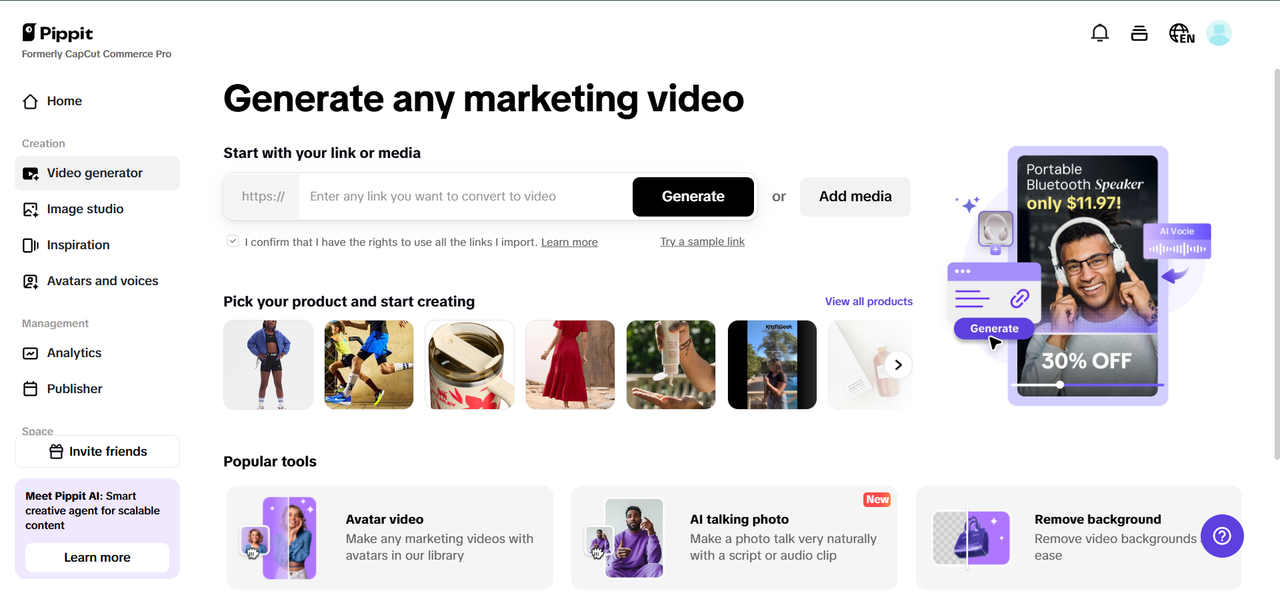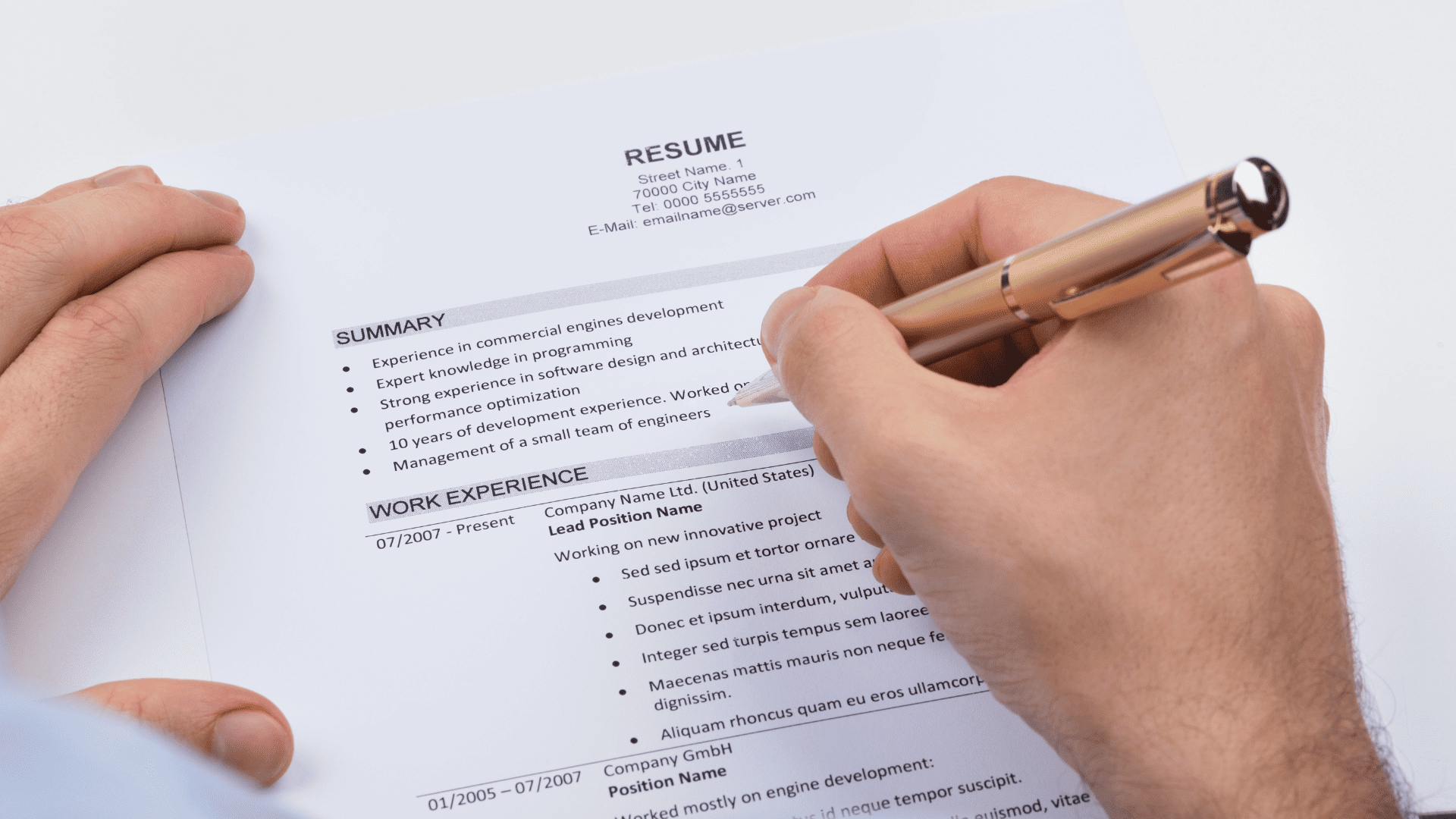Since back pain is a problem that afflicts 65 million people nationally – with 16 million having chronic issues of this type – it should definitely be on your radar in key industries like construction, warehousing, and healthcare, since employees often face the risk of strain due to repetitive tasks or heavy lifting.
To that end, here are some tips for proactive prevention, leading you to a point at which employees are safer, happier and healthier in the long term.
Embracing Ergonomics
Ergonomic solutions offer the most practical ways to reduce the risk of back strain. And since a recent study found that 90% of employees feel their employer has a responsibility for keeping them out of harm’s way, it’s as much about maintaining loyalty as avoiding chronic health issues.
There are a few ways to go about this – for instance, adjustable workstations can help employees maintain proper posture throughout their shifts, and even in an office context there are standing desks from brands like Vari and FlexiSpot that are useful in this context as well.
Also, you can provide chairs with lumbar support – choosing from independently appraised examples from the likes of Branch and Union & Scale.
Implementing Training Programs
Proper training programs make a significant difference in preventing back strain, so it’s worth conducting workshops on safe lifting techniques and body mechanics regularly. Employees should learn how to lift objects by bending their knees instead of their waist and holding loads close to their bodies.
Training sessions also need updates periodically based on new ergonomic research or equipment changes in your workplace (never let content become outdated).
This is significant given that it’s possible to claim workers compensation back strain payouts, and so it’s better for businesses to steer clear of this scenario by keeping every team member in the loop on preventative practices.
Another must-do is encouraging regular breaks throughout the day so employees avoid prolonged static positions that can lead to muscle fatigue and injury. Short breaks allow workers time to stretch and move around, promoting better circulation and reducing stiffness.
Implementing stretching routines at work encourages physical activity among staff members without requiring extensive gym facilities (sometimes simple steps yield big results).
While breaks are not a legal requirement at a federal level, it’s better to provide them and make them practically beneficial – because you’ll not only boost employee satisfaction levels, but also bring health and safety benefits to bear on your operations.
Utilizing Technology for Monitoring and Prevention
Leveraging technology significantly enhances back strain prevention strategies. Devices like the Upright Go 2 provide real-time feedback on employees’ posture. These wearables alert workers when they engage in risky postures, allowing immediate correction. They’re part of a wider wearables trend that’s impacting various industry niches.
Advanced software solutions also play a vital role. Tools like DorsaVi and Soter Analytics track ergonomic assessments and monitor the effectiveness of implemented measures. Integrating these tools with your HR management systems ensures seamless data flow, leading to more informed decision-making.
AI-powered analytics platforms such as IBM Healthcare offer deeper insights into patterns of back strain incidents (this aids in proactive intervention). By analyzing data trends, you can identify high-risk tasks or employee groups needing additional support.
The Bottom Line
If you’re an employee welfare manager, your multifaceted role is made up of myriad responsibilities – and while back strain prevention may not be a high ranking priority from day to day, it’s definitely worth taking seriously if you’re keen to keep team members fit and engaged, rather than risking chronic issues and compensation claims.
As you can see there are tools and tactics at your disposal to assist in this context – it’s just a case of actually using them as intended.











